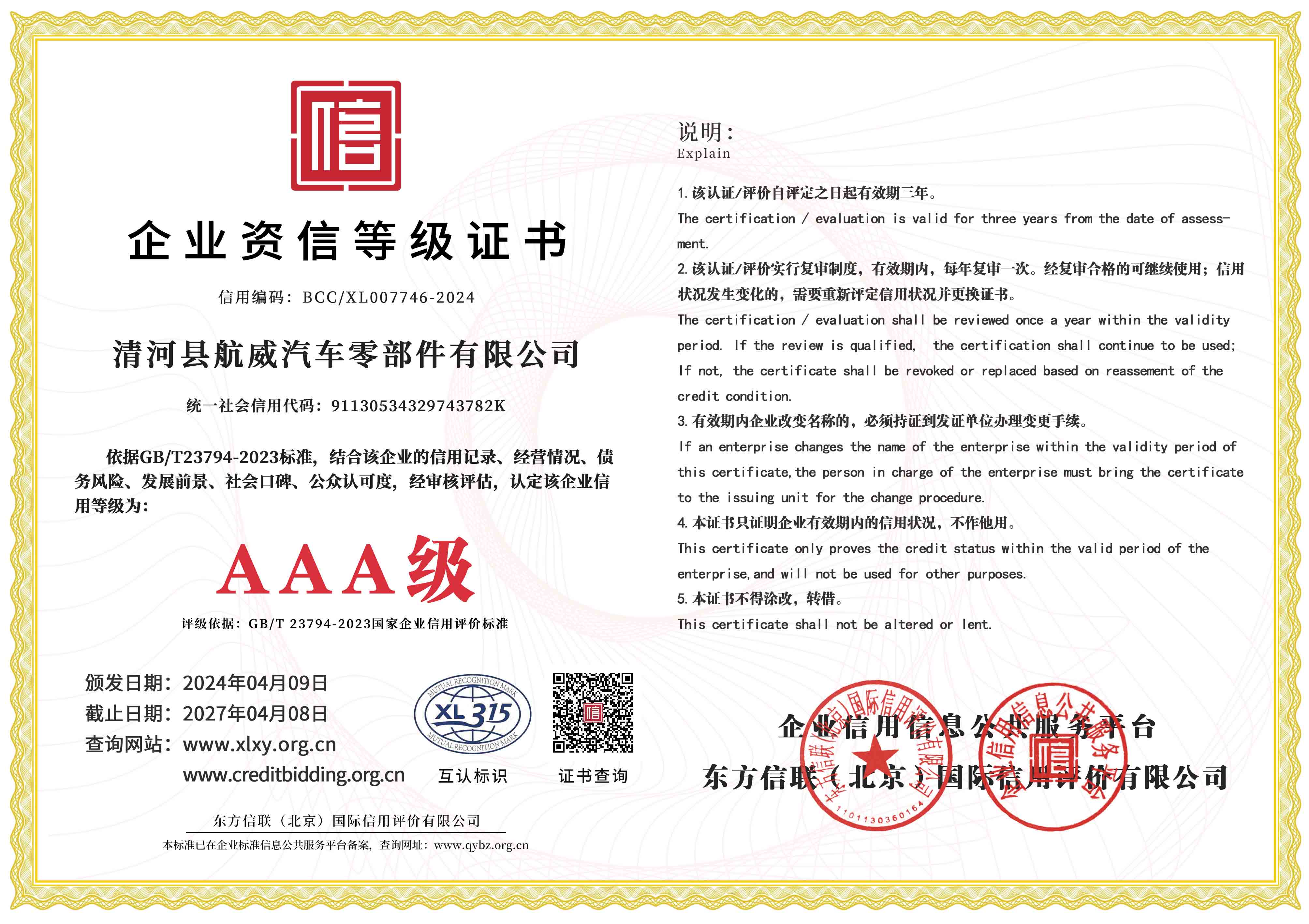e brake wire
Understanding E-Brake Wires The Unsung Heroes of Your Vehicle's Safety
When you think about the various components that keep your vehicle in good working order, the e-brake wire may not be the first thing that comes to mind. Also known as the emergency brake wire, this element plays a crucial role in the functionality of your car's emergency braking system. Understanding its importance not only sheds light on vehicle safety but also emphasizes the need for regular maintenance.
What is an E-Brake Wire?
The e-brake wire is a cable that connects the handbrake lever (or foot pedal in some vehicles) to the rear brakes. Its primary function is to engage the rear brakes when the lever is pulled, effectively locking the wheels and preventing the vehicle from rolling, especially on inclines. While you might only think about your e-brake when parking on a hill, it is vital to recognize that this component is an essential part of your vehicle's overall safety system.
How Does It Work?
The operational mechanism of an e-brake wire is relatively straightforward, but it relies on several components working in harmony. When the driver pulls the handbrake, a force is transmitted through the wire to the brake shoes or pads, causing them to clamp down on the brake drum or rotor. This action generates friction, which is what keeps the vehicle stationary. The reliability of this system is crucial; a malfunction could result in the car rolling away, leading to accidents or serious injuries.
Signs of E-Brake Wire Problems
Despite its essential role, the e-brake wire can suffer from wear and tear over time. Here are some common signs to watch for that might indicate a problem with your e-brake system
- Difficulty Engaging or Releasing the Brake If it takes excessive force to pull or disengage the e-brake, it may signify a problem with the wire or its connections. - Unusual Noises Squeaking or grinding sounds when the e-brake is engaged could indicate that the brake pads or shoes are worn.
- Inconsistent Holding Power If your vehicle rolls even when the e-brake is engaged, this is a significant red flag that the wire may be damaged or frayed.
e brake wire

- Visual Inspection Regularly checking the e-brake wire for rust, fraying, or corrosion can help catch problems early.
Maintenance Tips for E-Brake Wires
Preventive care is key to maintaining the integrity of your e-brake system. Here are some maintenance tips
1. Regular Inspections During routine vehicle checks, ensure that your e-brake wire is in good condition. This inspection should include checking for signs of rust, fraying, or inadequate tension.
2. Adjusting Tension Many e-brake systems allow for adjustment. If you notice that the handbrake lever pulls up too far or does not hold the vehicle securely, you might need to adjust the tension on the wire.
3. Lubrication Just like other mechanical components, e-brake wires benefit from lubrication. Be sure to apply an appropriate lubricant to the wire to prevent corrosion and facilitate smooth operation.
4. Consult Professionals If you suspect issues beyond your ability to fix, consult a mechanic. They can provide a thorough inspection and make necessary repairs or replacements.
Conclusion
The e-brake wire might seem small compared to other vehicle components, but its role in the overall safety of your vehicle is immense. Proper functioning of the e-brake system is vital, especially in preventing accidents caused by unintended rolling. By understanding how this wire works and recognizing the signs of potential problems, you can ensure your vehicle remains safe and roadworthy. Regular inspections and proper maintenance are crucial steps every vehicle owner should take to safeguard not just their vehicle, but also their personal safety and that of others on the road.
-
Upgrade Your Control with Premium Throttle CablesNewsAug.08,2025
-
Stay in Control with Premium Hand Brake CablesNewsAug.08,2025
-
Experience Unmatched Performance with Our Clutch HosesNewsAug.08,2025
-
Ensure Safety and Reliability with Premium Handbrake CablesNewsAug.08,2025
-
Enhance Your Vehicle with High-Performance Clutch LinesNewsAug.08,2025
-
Elevate Your Ride with Premium Gear CablesNewsAug.08,2025
